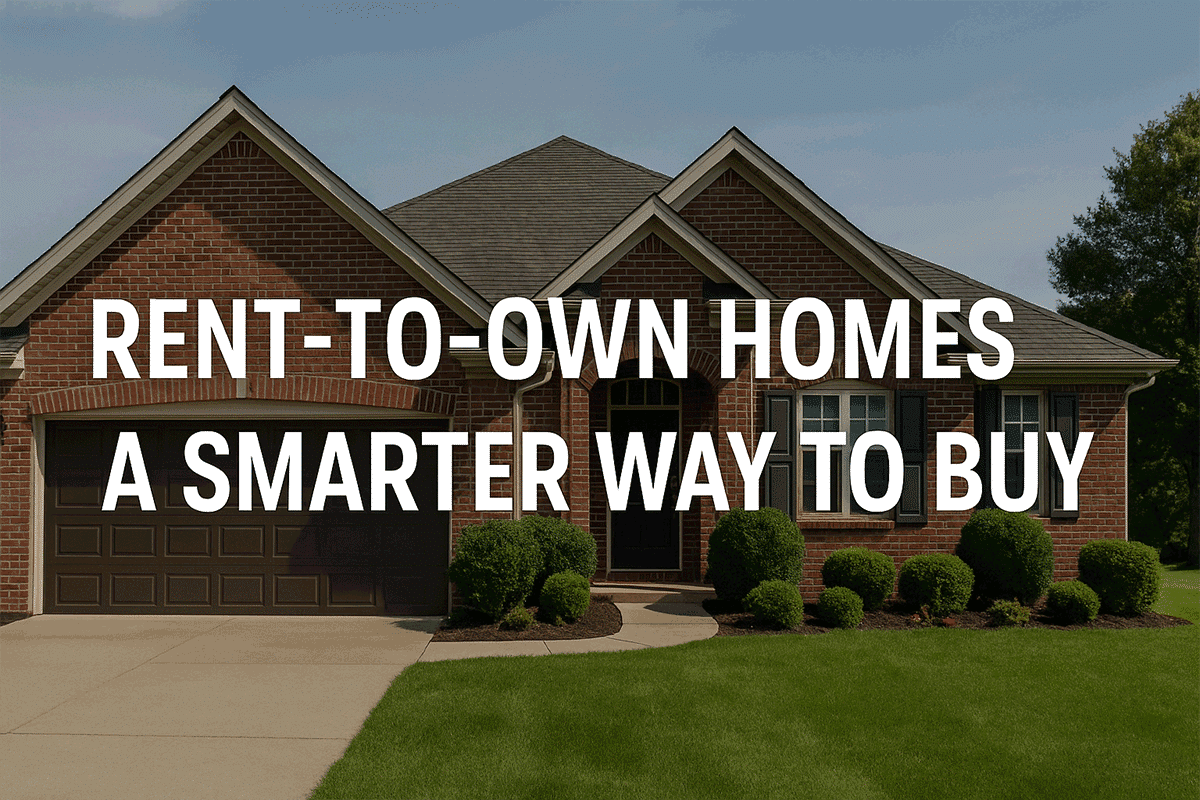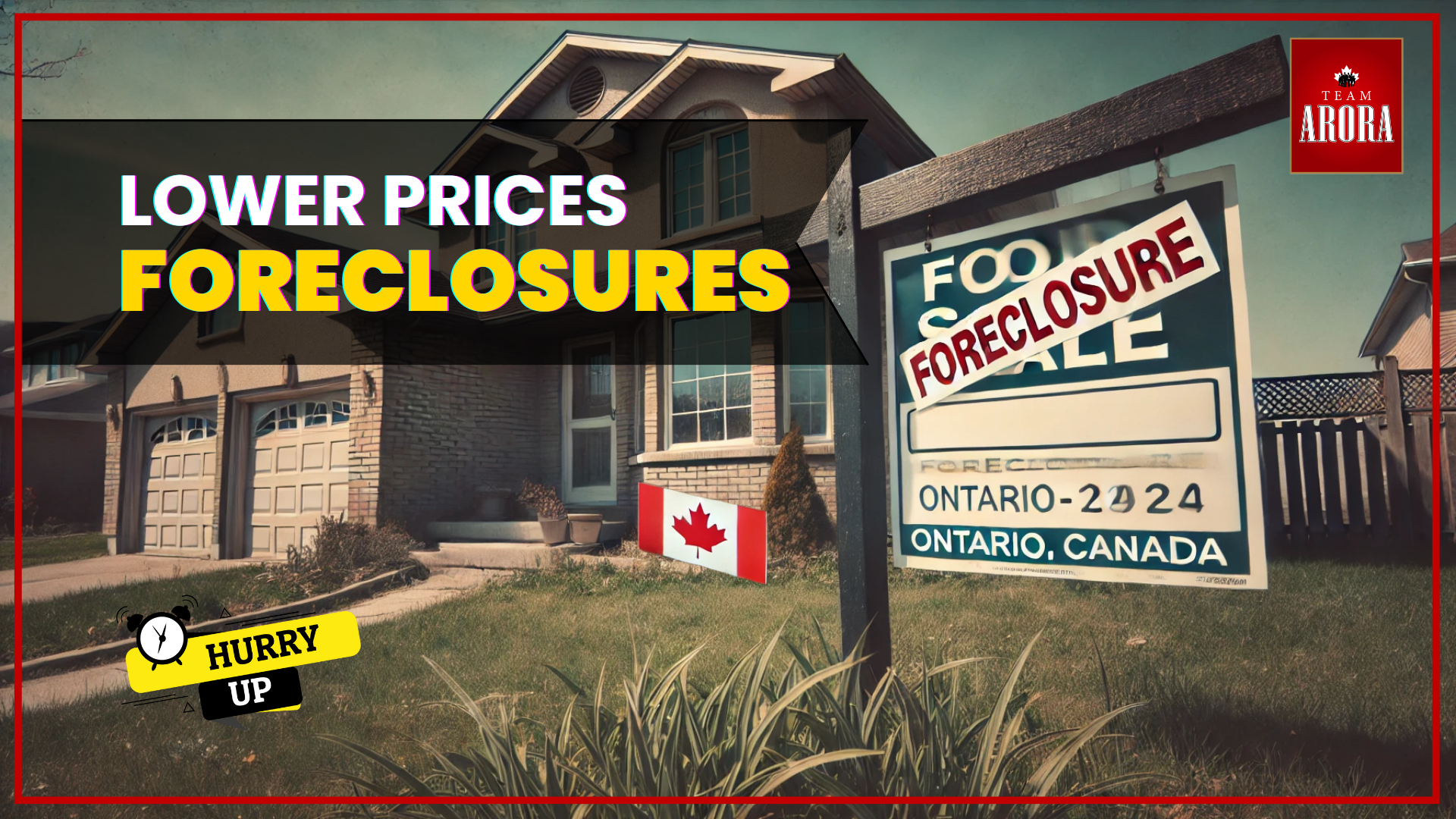Why Rent-to-Own is Gaining Popularity
Buying a home has always been a big dream for many people, but in today’s market, it feels harder than ever. With home prices at record highs, strict mortgage rules, and rising interest rates, first-time buyers often feel stuck renting. The problem is, renting doesn’t bring you any closer to owning your own home.
That’s where rent-to-own homes come in. This growing housing option allows renters to move into their dream home now, while gradually working toward ownership in the future. It’s a middle ground between renting and buying that benefits both buyers and sellers. Instead of rent being “money gone,” part of it actually goes toward building your future.
In this blog, we’ll explore how rent-to-own works, why it’s becoming more popular, the benefits for both sides, pitfalls to watch for, and frequently asked questions to help you decide if this could be the smarter way to buy.
What is a Rent-to-Own Home?
A rent-to-own home is a hybrid agreement that combines renting with the option to buy later. In simple terms, you sign a lease that allows you to live in the property as a tenant, but with the ability to purchase it after a set period—usually between one and three years.
What makes this different from traditional renting is that a portion of your monthly payment goes toward your future down payment. So instead of just paying rent, you’re slowly building up savings for when you’re ready to buy.
Key Features of Rent-to-Own Agreements
-
Option Fee:
Buyers pay an upfront fee, often 2–5% of the purchase price, which secures their right to buy later. -
Monthly Rent + Premium:
Rent is slightly higher than the market rate. The extra portion is credited toward your down payment. -
Locked Purchase Price:
The purchase price is agreed upon at the start of the contract, which protects buyers from rising home prices. -
Lease Period:
The rental term typically lasts 1–3 years, giving renters time to prepare financially before purchasing.
Why Rent-to-Own is a Smarter Way to Buy
1. Move In Right Away
With rent-to-own, you don’t have to wait until you save a large down payment. You move into the home immediately, enjoy it, and start turning it into your own while preparing for full ownership.
2. Turn Rent into Savings
In a regular rental, every dollar goes to the landlord. With rent-to-own, part of your rent builds equity for your down payment. It’s like a savings plan built right into your monthly rent.
3. Time to Improve Credit
If your credit score isn’t high enough for a mortgage today, the rental period gives you time to rebuild credit while still securing the home you want.
4. Price Protection
Real estate values often climb. Rent-to-own locks in the price at the beginning of your contract, which means you could pay less than the market value by the time you’re ready to purchase.
5. Try Before You Buy
Living in the home lets you “test-drive” it. You’ll know whether the neighborhood, schools, commute, and layout really work for you before committing fully.
Why Sellers Like Rent-to-Own
This isn’t just good for buyers—it’s also a smart move for sellers who want to make their property more attractive.
-
More Buyer Interest: Rent-to-own attracts renters who want to become homeowners but aren’t ready yet.
-
Steady Income: The seller receives rent each month, often above average rates.
-
Committed Tenants: Rent-to-own renters usually take better care of the home since they intend to buy it.
-
Potential Higher Sale Price: Locking in a price can benefit sellers if the market increases.
Pitfalls to Watch Out For
Rent-to-own has clear advantages, but it’s not without risks. Both buyers and sellers should watch for these:
-
Option Fee is Non-Refundable: If you don’t buy, you lose it.
-
Higher Rent: Monthly payments are usually higher than standard rent.
-
Deadlines Matter: Missing the purchase window could void your rights to buy.
-
Market Risks: If home prices fall, you may overpay.
-
Contract Complexity: These agreements are legally detailed—always consult a lawyer.
Is Rent-to-Own Right for You?
Good for Buyers Who:
-
Need time to save for a down payment.
-
Are improving their credit score.
-
Believe home prices will rise in the coming years.
-
Want to try a home before committing.
Good for Sellers Who:
-
Want consistent rental income while selling.
-
Struggle to attract traditional buyers.
-
Prefer motivated renters who will take care of the property.
Real-Life Example
Imagine a house listed at $400,000.
-
The buyer pays an option fee of $12,000 (3%).
-
Monthly rent is $2,200, with $400 credited each month toward a down payment.
-
After three years, the buyer has saved $14,400 in rent credits.
-
Added to the option fee, that’s $26,400 toward the purchase price.
That’s a huge step forward compared to just renting and saving nothing.
Frequently Asked Questions (FAQs)
1. What happens if I don’t buy the home at the end?
If you decide not to purchase, you’ll lose your option fee and any rent credits built up. However, you aren’t forced to buy. It’s important to only enter an agreement you feel confident about.
2. Do I need perfect credit for rent-to-own?
No, perfect credit isn’t required. Rent-to-own is designed to give buyers time to improve their credit before getting a mortgage. As long as you can make consistent rent payments, you may still qualify for this option.
3. Is rent-to-own more expensive than normal renting?
Yes, usually. Rent-to-own payments are slightly higher because part of the rent goes toward your down payment. While it costs more monthly, it helps you save for ownership, unlike traditional rent which builds no equity.
4. Can the seller change the price later?
No. The purchase price is agreed upon and locked at the beginning of your contract. This protects buyers from sudden price increases in the housing market and gives certainty about the future cost of the home.
5. Should I hire a lawyer before signing?
Yes, absolutely. Rent-to-own contracts are more complex than regular leases, and a lawyer ensures you understand every detail. This protects your rights, avoids misunderstandings, and gives you confidence in your investment.
6. What if home prices go down before I buy?
If prices drop, you may end up paying more than the home’s current market value because your purchase price was locked in earlier. That’s a risk to weigh before committing to a rent-to-own deal.
A Smarter Path to Homeownership
Rent-to-own homes are becoming a popular way for renters to step into ownership gradually. Buyers get to live in their dream home, build equity, and prepare financially, while sellers enjoy steady income and motivated tenants.
It’s not perfect, but with good planning and legal guidance, rent-to-own can be the smarter way to buy a home—bridging the gap between renting today and owning tomorrow.
Disclaimer
The information in this article is provided for general educational purposes only and should not be considered financial, legal, or real estate advice. Figures such as option fees, rent premiums, and home prices are examples only and may vary based on location, market conditions, and individual agreements. Readers are encouraged to consult with a qualified real estate professional, financial advisor, or lawyer before entering into any rent-to-own contract.








